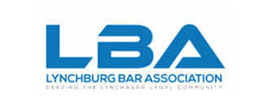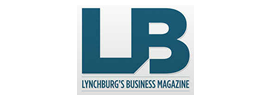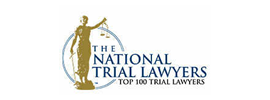The driver who hit me doesn’t have insurance
There are a couple of things that you need to do if the driver who hits you does not have car insurance. What are your options and what should you know?
Uninsured Motorist Coverage
You need to contact your insurance agent and find out how much your insurance company offers for your uninsured motorist coverage. Uninsured motorist coverage is usually the same limitations, the same policy limits on your policy as what your liability coverage is. For example, if you go to your insurance broker after you buy your car, you will say “I need new car insurance, I need to cover up to $100,000 per individual, $300,000 per accident”.
The uninsured motorist coverage is the policy limit that you will look into when you pursue a case against an uninsured driver. You would do the exact same thing that you would do otherwise when you sue an individual for needlessly causing you harm, you would still sue that individual, but instead of relying on that person’s insurance to pay, you would also send a copy of the complaint to your insurance company. This becomes tricky because your insurance policy, which insures you, and you pay a premium for, has now become adverse to you. They are on the other side of the V at this point. And they are actually representing the defendant in that case, if there is no attorney or insurance company providing a defense for the defendant in that case. You are now adverse to your own insurance policy because that is a premium that you pay and they are going to defend, just like the defendant’s insurance policy would, and you have to negotiate and you have to try the case against them just as if you would, if the defendant had an insurance policy.
What if Someone is Not Insured? Then What?
There are options that you can do in certain cases if the other person is not insured, for example, do they have any other assets? Do they own a home? Do they have any equity? Do they have any investments or anything like that? You can look to the individual, personally. Oftentimes, we find that if the person does not have insurance, does not pay their insurance premium, or their insurance policy has been canceled, they also do not have any assets, and it would not make sense to pursue a judgment against them to get a piece of paper that just says that, “You have the right to collect”. But you have got nothing to collect against. What we do in this situation is we look to your own insurance policy limits to pay the difference. So, when I talk about buying insurance for people, we are not just talking about in case you injure someone else, we are also talking about if someone else injures you. If you go out and you buy the cheapest policy limits out there, then you get what you pay for.
Example:
If you have a $100,000 policy limit for your insurance policy, then you also have 100,000 on uninsured motorist coverage. But if you only have 25,000 in policy limits, if you injure someone else, because perhaps you are a safe driver and you are not afraid that you are going to be negligent and harm someone else, but you are also hurting yourself because that means you only have $25,000 in uninsured motorist coverage and underinsured motorist coverage also. So if you only buy the cheapest policy, you are ultimately hurting yourself in the event that someone who is uninsured or underinsured injures you later on down the road.







